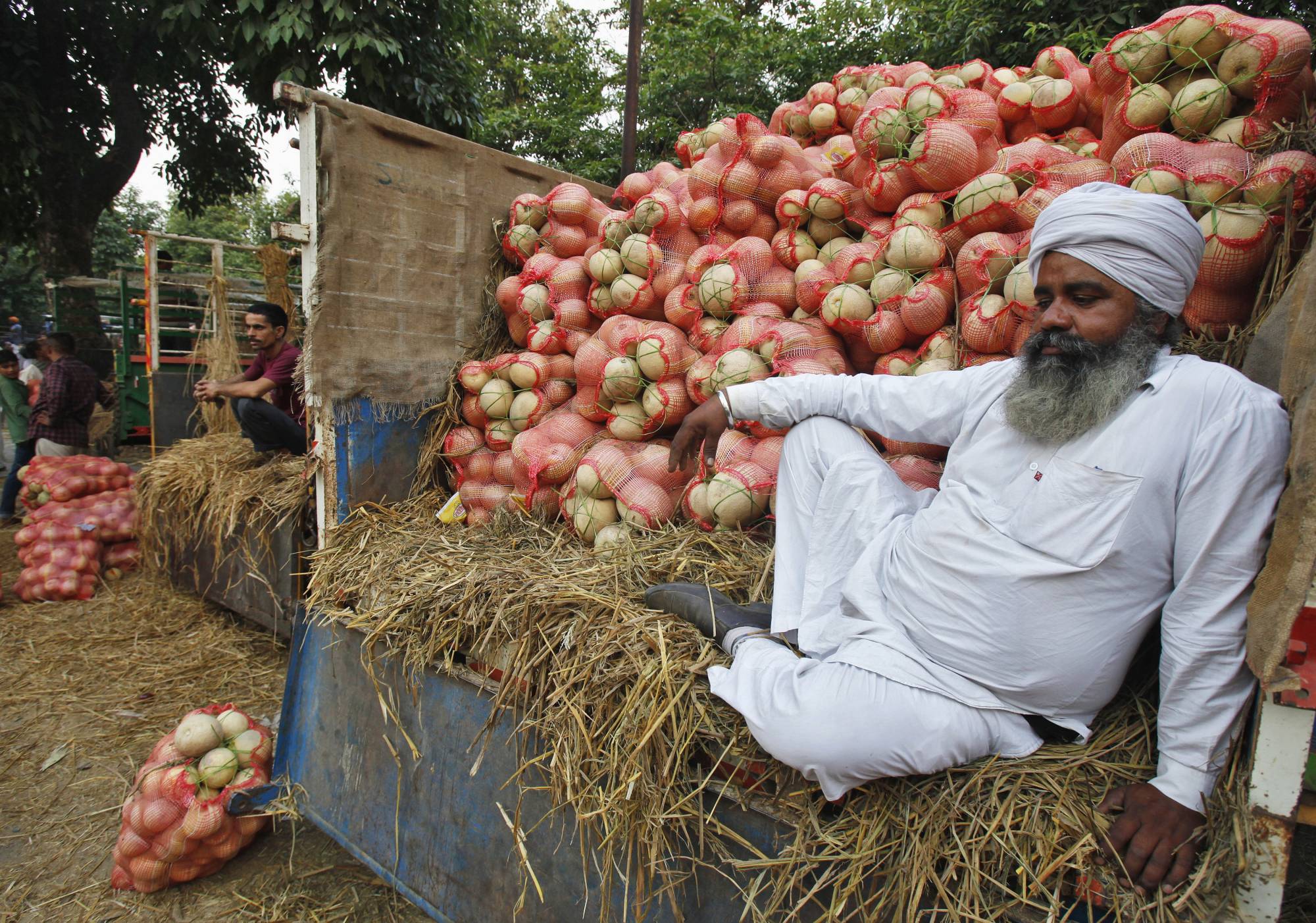Big changes are afoot in Indian agriculture, driven by Prime Minister Narendra Modi at considerable political risk. Freeing up farming markets may be as significant as dismantling industrial licenses in 1991. However, if the state’s protection withers away only to reveal a few large capitalists as the new overlords, there will be chaos and misery rather than progress and prosperity.
To gauge the scale of what’s being done, picture the depth of the stasis: 119 million cultivators and 144 million farmhands — taken together, 10 times Australia’s population — yoked to a marketplace designed to be anti-competitive, and denied the lift in productivity that propelled urbanization from Japan and South Korea to Taiwan and China.
"It’s like a massive old table in the center of the room, crawling with parasites.” That’s how Hemant Gaur, an entrepreneur who’s bringing technology to potato farming in India, describes to me the mandi, or the designated market yard in which produce changes hands. "We dared not discard it, because how would we ever replace it?”
















With your current subscription plan you can comment on stories. However, before writing your first comment, please create a display name in the Profile section of your subscriber account page.